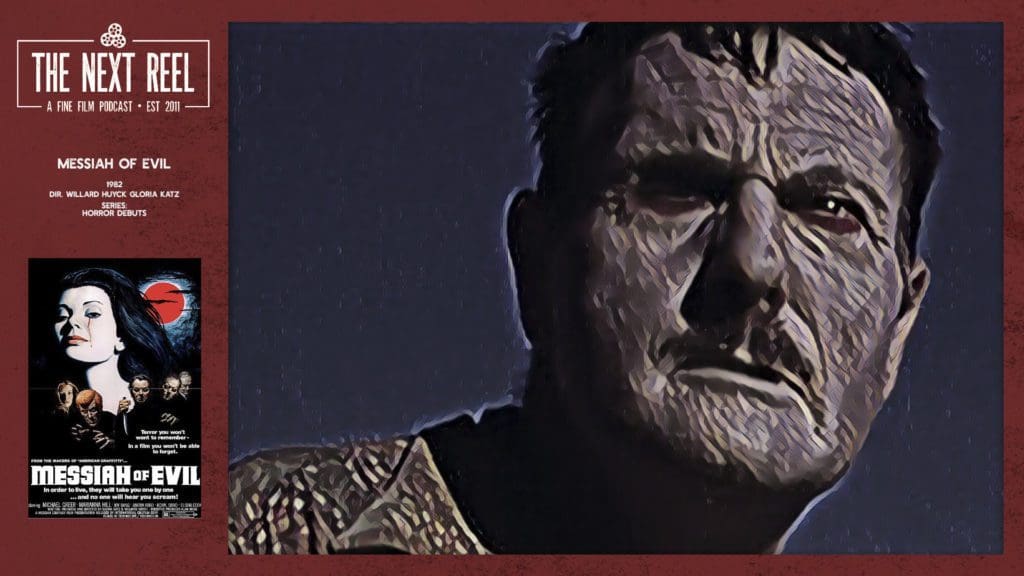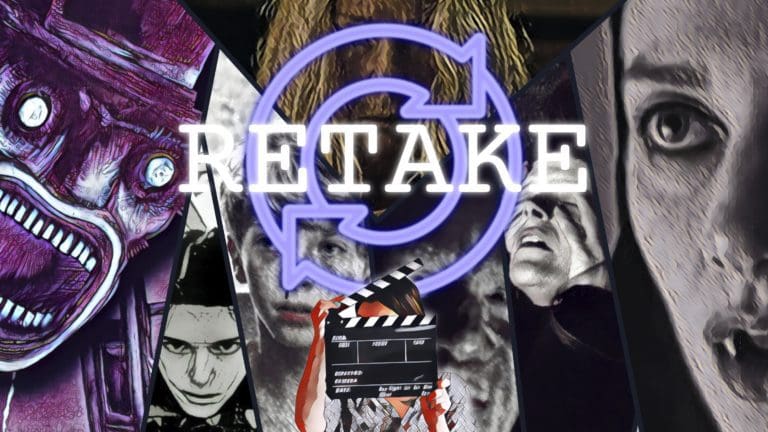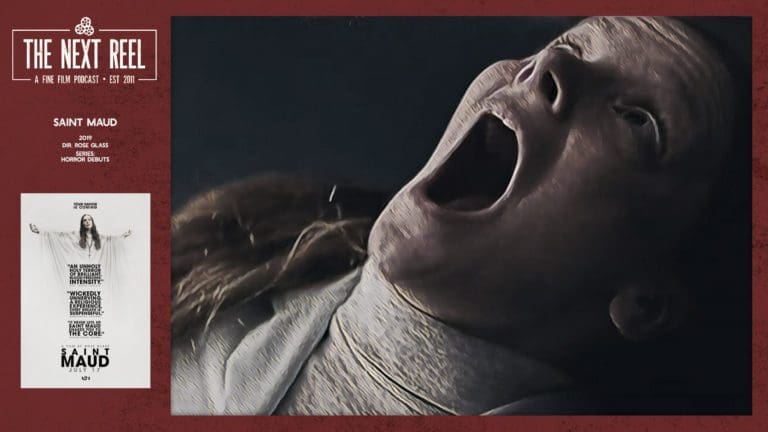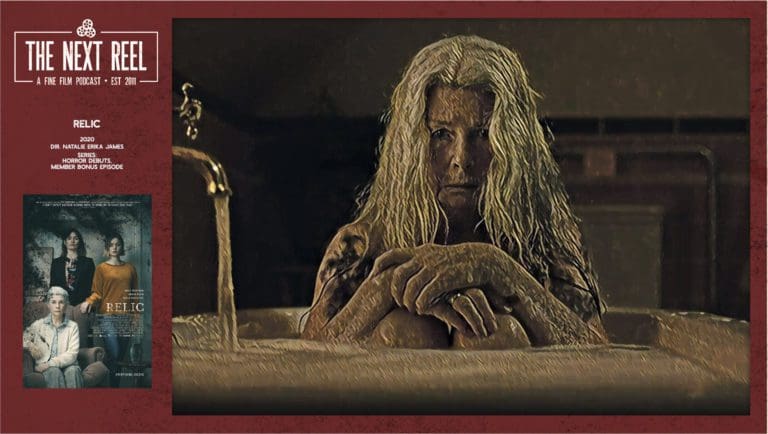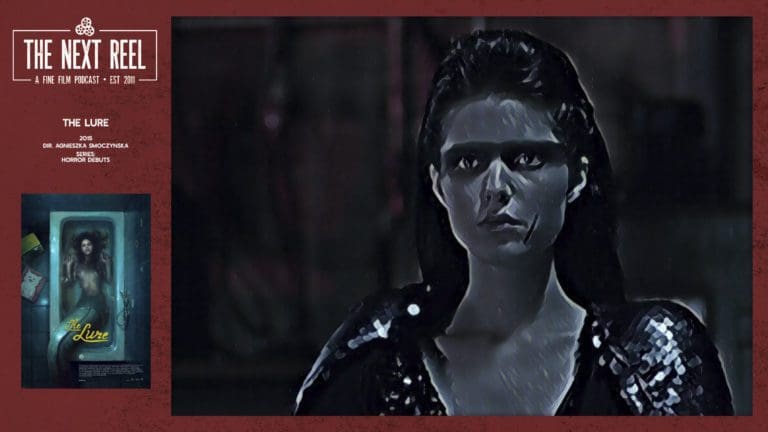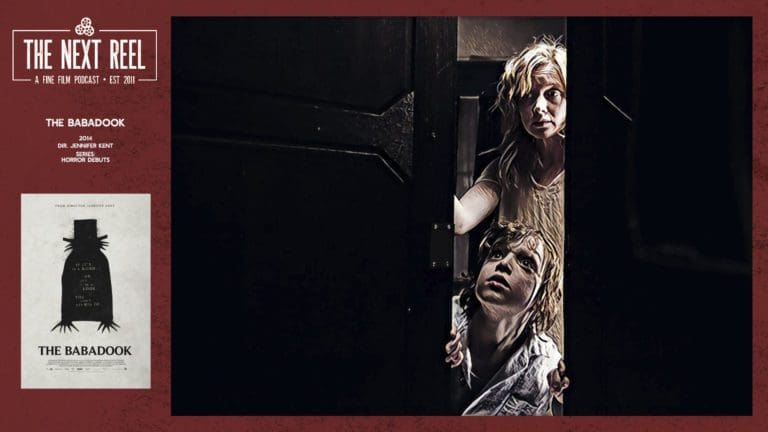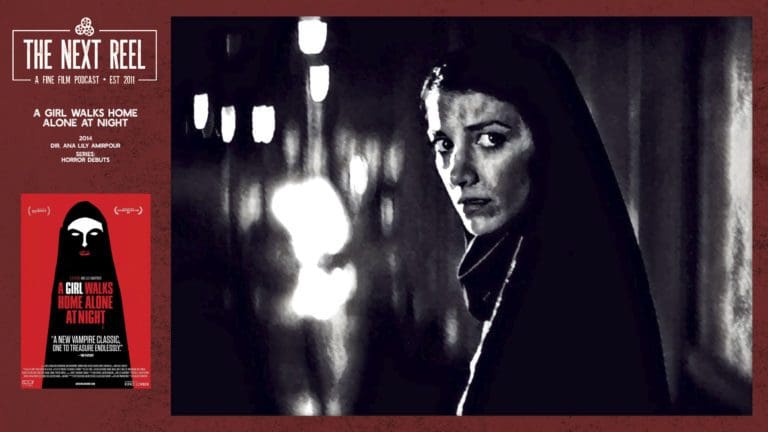While Gloria Katz and Willard Huyck wrote the script for American Graffiti for their USC chum George Lucas, they were working on a low budget horror film that they would produce, write, and direct together. This film was Messiah of Evil. Unfortunately for them, the producers took it away before they could finish filming. The producers hastily cut the project together and released a version in 1973, hoping it would make its money back.
Because of that, Katz and Huyck largely dismissed the film for decades. Their attitude changed with time, and by the time the film’s restoration for its 35th anniversary rolled around, they recognized the film was peculiar but had its fans and its strengths.
Join us – Pete Wright and Andy Nelson – as we kick off our ‘Horror Debut’ series with Katz’s and Huyck’s 1973 horror film Messiah of Evil.
What works in Messiah of Evil and what doesn’t?
Katz and Huyck delivered a script that is a bit of a mess when you look at the story, but can we look past that? Perhaps if Katz and Huyck had been able to finish it their way. Then again, who knows? They did make Howard the Duck. So, we have to look at the film as what we have here. And honestly, the story may not be that strong, but it is definitely a horror tone poem. Katz, Huyck and team created a strong mood and tone for sure.
Pete struggles a bit more with this tone because he felt like he’d been set up for more slasher killings. The film starts with several brutal murders, after all, before it shifts into less overt, bloody killings. But the film gets under Andy’s skin, which he really likes. He feels it’s enough. He thinks the film is excelling at creating a vibe that’s hard to shake.
We try tackling the story to see if we can sort out what we’re meant to get from it. Because the story is more vague and ill-defined, it’s tricky. There’s a lot of guesswork in here on our parts. We think we have it sorted out, but again, this speaks to the problems with the story as it was constructed for this finished film.
The story is rough, but are we here for the story?
The colors, scene construction, lighting, editing, music, production design and effects all lend tremendously to this mood. Again, is that enough? Regardless, how great is it seeing so many film artists in these roles that would go on to contribute so strongly to the industry.
The artfulness with the visuals really speaks to us though. From the first out of focus shot of Arletty in the hallway as she walks toward camera and eventually into focus, we’re hooked. From creepy zombie people’s silhouettes on the skylight to the crazy paintings on Arletty’s dad’s studio, to the killing in the movie theatre, the images are designed to terrify.
And speaking of that movie theatre scene, that’s likely the strongest horror scene in the film. It builds the tension well and becomes truly terrifying. The grocery store is great too, but doesn’t work quite as well as this. And it leaves the question – if these townspeople are mindless zombies eating whatever meat they can find, why does the albino leave her alone when he picks her up hitchhiking? Is it because he’s full from eating rats? Or has the sickness not quite completely infected him? These are those story points that can be frustrating.
Regardless, it’s a great film selection to kick off our Horror Debuts series. It gives us a chance to talk about Gloria Katz and Willard Huyck, which is particularly touching having lost Katz in 2018 to ovarian cancer. We have a great conversation about this film so check it out then tune in. The Next Reel – when the movie ends, our conversation begins!
Join the conversation with movie lovers from around the world on The Next Reel’s Discord channel!
Film Sundries
- Watch this on Amazon, or find other places at JustWatch
- Original theatrical trailer
- Original poster artwork
- Flickchart
- Letterboxd
- Get your Blood Moon Centennial Celebration t-shirt!







